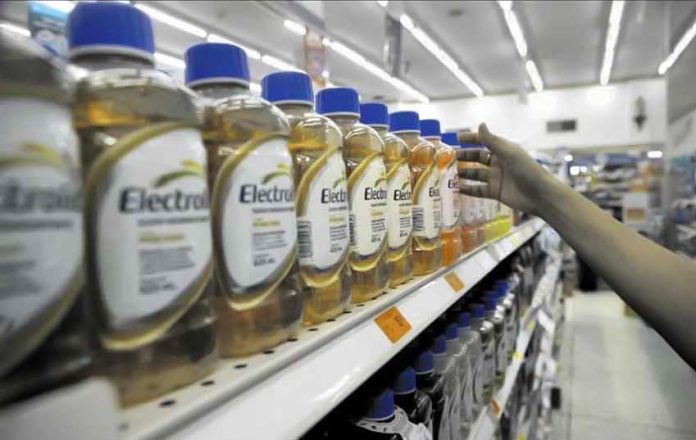May is the hottest month of the year both in Mexico City and Guadalajara until the heat wave comes to an abrupt halt in June with the onset of the rainy season and pleasantly cool weather throughout the summer.
May is doubly rough on hikers because it’s not only the hottest month but also the driest.
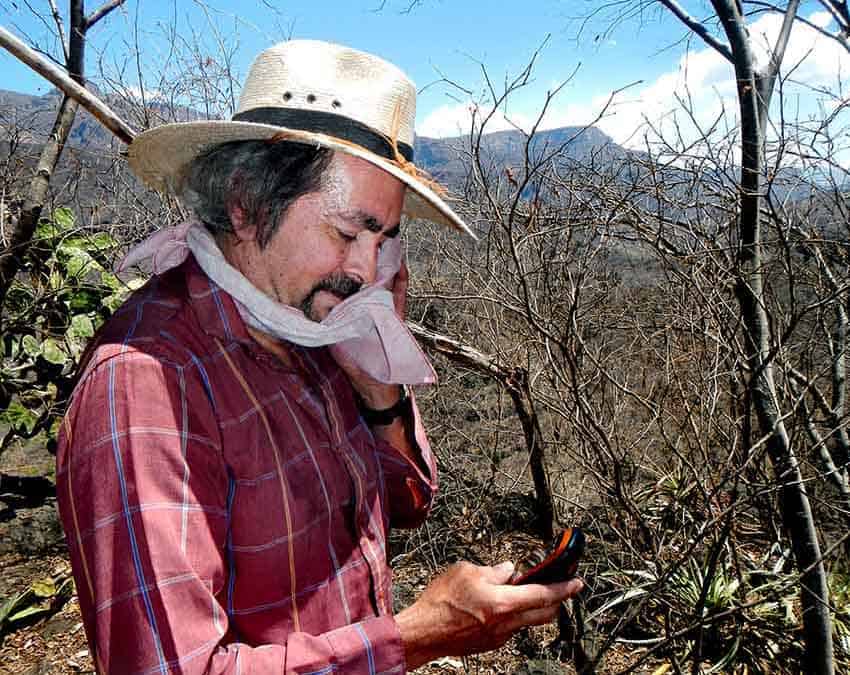
Hills turn brown and la maleza (the underbrush) shrivels up. On top of that, many oak trees actually drop their leaves throughout April, leaving much of Mexico tinder-box dry in the month of May, with shade at a premium, if it can be found at all.
Therefore, in May, hikers typically rise at dawn, hoping to beat the heat. In case they’re not successful, many escape the worst consequences of dehydration thanks to what is popularly called suero in Mexico.
Suero translates to “oral rehydration solution (ORS)” similar to what is found in an IV drip: an isotonic liquid that matches the salinity and electrolyte content of blood.
These days, fortunately, you can find an ORS at every convenience store in Mexico. Just ask for suero at your local Oxxo, and you’ll be handed a square bottle that looks medicinal — and is medicinal. It’s called Electrolit: an isotonic beverage that has been made in Mexico for over 70 years and rehydrates athletes not only in Latin America but now also in the United States.
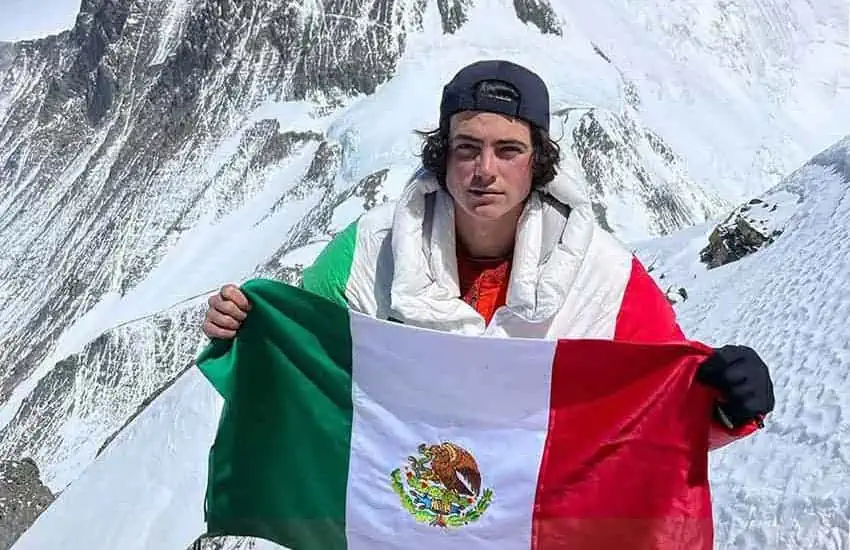
One of those many athletes is 19-year-old Juan Diego Martínez Álvarez, a student of industrial engineering at Guadalajara’s Autonomous University. In May, this determined teenager not only succeeded in climbing Mount Everest but also broke six Guinness records in the process.
One of the few things Martínez brought up to the peak with him was a bottle of Electrolit, as well as a piano keyboard — but that’s another story.
Many Mexican deportistas (athletes) living in the U.S., like Indycar racer Pato O’Ward, swear by Electrolit, but some can’t resist commenting that “It costs twice as much here as in Mexico.“
A correctly made ORS replaces all the electrolytes your body loses by sweating. Electrolit contains four electrolyte minerals: potassium, magnesium, sodium and calcium. It also has six ions for electrolyte absorption — and has no artificial colors or flavors. On top of that, it really tastes good!
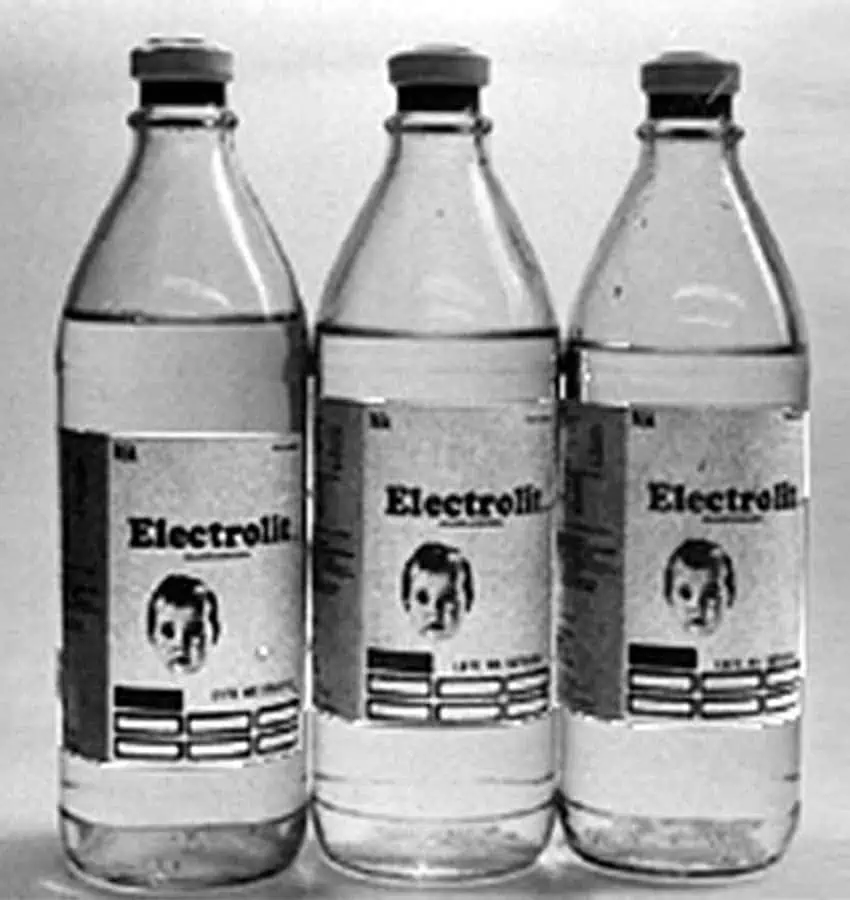
How do you feel when you drink it? I had no idea during the first 60 years of my life. Drinking plenty of water before, during and after heavy exercise kept me feeling just fine. But after 60, a hard game of racquetball resulted in certain consequences — such as cramps at night — no matter how much water I drank.
Then I discovered Electrolit. Not only did it prevent cramps, it actually “renewed” me, sometimes leaving me feeling better at the end of a hard hike than I did at the beginning.
Electrolit is made by a 100% Mexican pharmaceutical company called Pisa, which, you may be surprised to learn, stands for Productos Infantiles S.A.. The company was, in fact, founded in 1945 by Professor Don Miguel Álvarez Ochoa in response to an urgent need for medicines designed for children.
In those days, people would treat babies by giving them a fragment of a pill designed for adults. Pisa began manufacturing products specifically designed for children, from colic medicine to cough syrup, all of which were well received because Don Miguel personally supervised every stage of production — from the buying of raw materials to distribution and sales.
Pisa soon acquired a reputation for high quality. Then, in 1950, Mexico was hit by a cholera epidemic that killed thousands. An oral rehydration product was desperately needed, and Pisa created and began to distribute a formula —designed to save babies’ lives — which they called Electrolit.
Today, in its Tlajomulco plant outside Guadalajara, the company produces 28,000 bottles per day for five countries in the Americas. These should be added to over 1,500 other medical products Pisa sells under a variety of brand names.
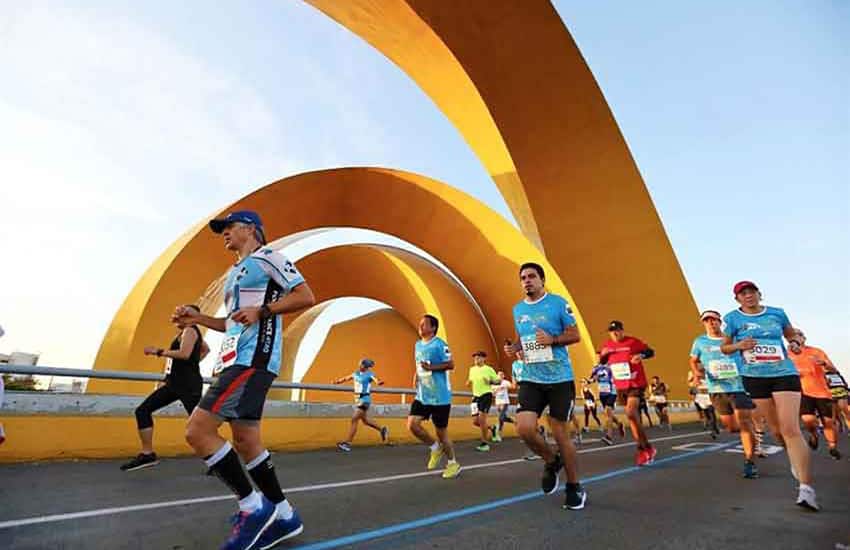
Although, in my opinion, Electrolit tops the list of commercially made rehydration drinks, there is nothing magical about its ingredients, and some hikers prefer to mix up their own homemade version of an isotonic beverage.
Hoping to get a formula that guarantees the best results, I consulted a Mexican hiker who just happened to work for many years in Guadalajara’s suero-making industry.
“To make a good electrolyte-replacement drink,” said this retired engineer, whose trail name is Drac, “take one liter of potable water and stir in the following”:
- ½ tsp. of baking soda
- ½ tsp. of sea salt
- 1 Tbs. tablespoon of honey
- The juice of at least four Persian limes (the small limones that Mexicans squeeze on everything from fish to soup, and without which they could not possibly survive).
Mix this up (dissolving the honey will take some extra effort) and then taste it. Add either honey or Persian lime juice until it’s just the way you like it.
Thanks to the honey and limones, claims Drac, this home-brew electrolyte drink is actually better for rehydration than any of the commercial brands, and I suggest you call it Dracolit.
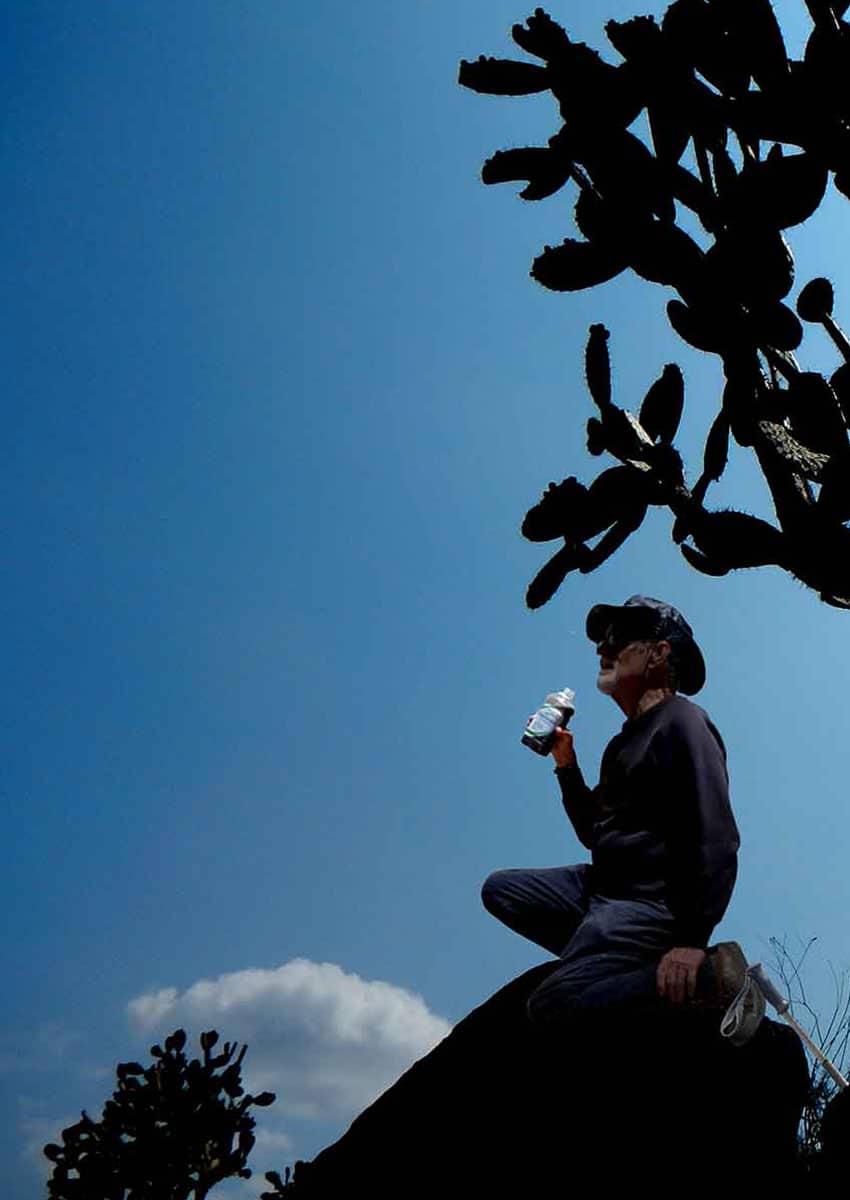
Now you are truly ready to survive the Mexican month of May — just watch out for the incendios (forest fires).
And don’t forget: ¡Ya vienen las lluvias! The rains are on their way!
The writer has lived near Guadalajara, Jalisco, since 1985. His most recent book is Outdoors in Western Mexico, Volume Three. More of his writing can be found on his blog.
